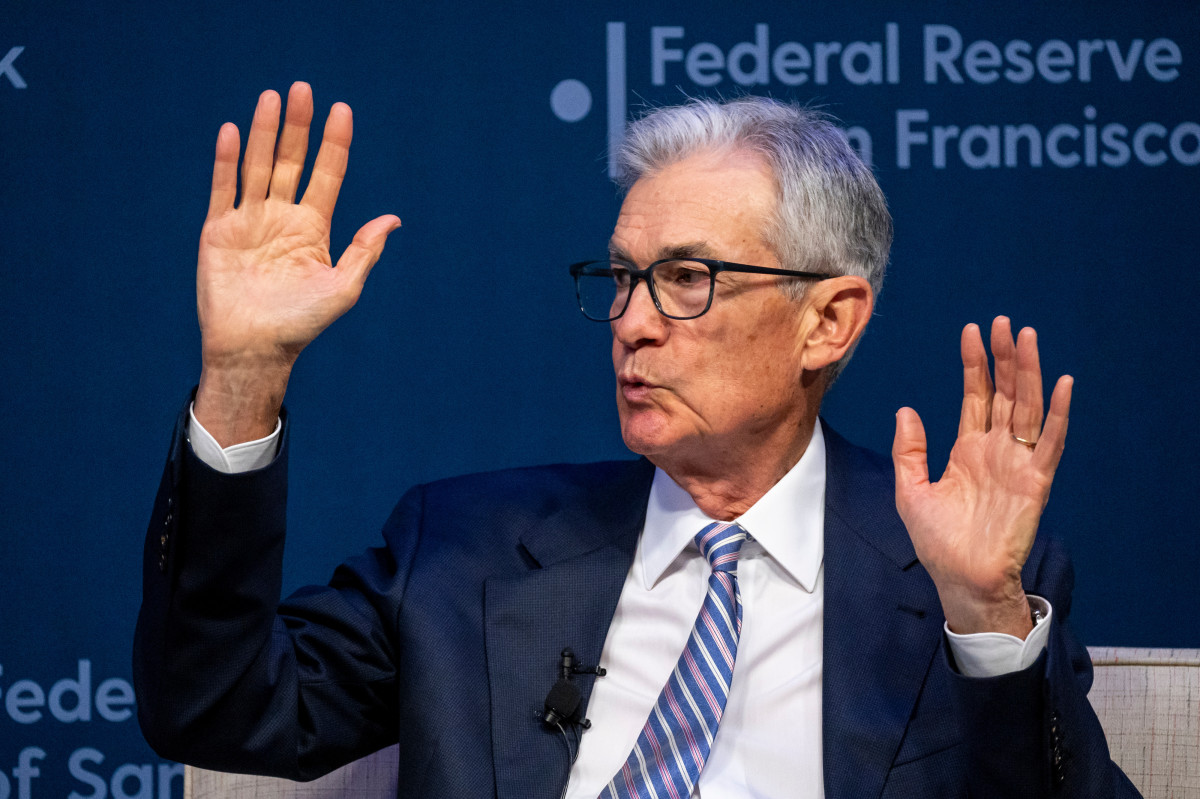
The Federal Reserve's preferred measure of inflation held steady in July, suggesting the central bank can continue to shift its focus to the cooling job market as price pressures ease into the autumn months.
The Bureau of Economic Analysis's PCE Price Index showed core prices rose at an annual pace of 2.6% last month. The figure was just inside Wall Street's 2.7% forecast and was unchanged from June, which was the slowest reading since March 2021.
Related: Stocks rally faces stiff test from September seasonality
On a monthly basis, core pressures were up 0.2%, unchanged compared with June's 0.2% gain and matching Wall Street's consensus estimate.
Markets often focus on the bureau's core PCE price index, which the Fed considers a more accurate representation of consumer-price pressures since it blends changes in spending patterns.
The headline index, meanwhile, held at an annual rate of 2.5%, again inside Wall Street's forecast of 2.6%. Prices rose 0.2% on the month, the BEA said, following a 0.1% gain in June.
The BEA also noted that personal incomes for July rose 0.3%, up from the 0.2% pace in June, reflecting some resilience in the labor market. Spending, however, was up 0.5%, a firmer advance than the 0.3% pace recorded in June.

"This is not a recessionary economy," said Bill Adams, chief economist for Comerica Bank in Dallas. "Inflation held steady in July at about half a percent above the Fed’s target and, is close enough to 2% that it makes sense for the central bank to start reducing interest rates."
The unemployment’s upward drift in the last 12 months makes the case for rate cuts even more compelling," he added.
U.S. stocks pared earlier gains following the data release, as well as data from the Atlanta Fed showing a current quarter GDP growth rate of 2.5%, heading into the final hours of trading for the month.
The S&P 500 was marked 11 points, or 0.2% higher on the day, while the Dow Jones Industrial Average slipped 68 points and the Nasdaq gained 57 points.
Benchmark 10-year note yields nudged 2 basis points higher to 3.875% following the data release, while 2-year notes rose to 3.925%.
Related: Veteran fund manager unveils startling Nvidia stock forecast
Earlier this month, the Commerce Department's headline Consumer Price Index for July was pegged at 2.9%, down from the prior month's tally of 3% and the lowest since March 2021.
So-called core inflation, which strips out volatile components like food and energy, slowed to an annual rate of 3.2%. That was the lowest rate in more three years and matched Wall Street's 3.2% forecast.
CME Group's FedWatch tool suggests the market has fully locked in a Federal Reserve interest-rate cut in September, which would be the first in four years. FedWatch puts the odds of an outsized 50-basis-point reduction around 33%.
Bets that the Fed will continue its rate-cutting cycle into the end of the year and beyond are also on the rise, with FedWatch pegging the Federal Funds rate at 3.875% by March 2025.
Related: Veteran fund manager sees world of pain coming for stocks







